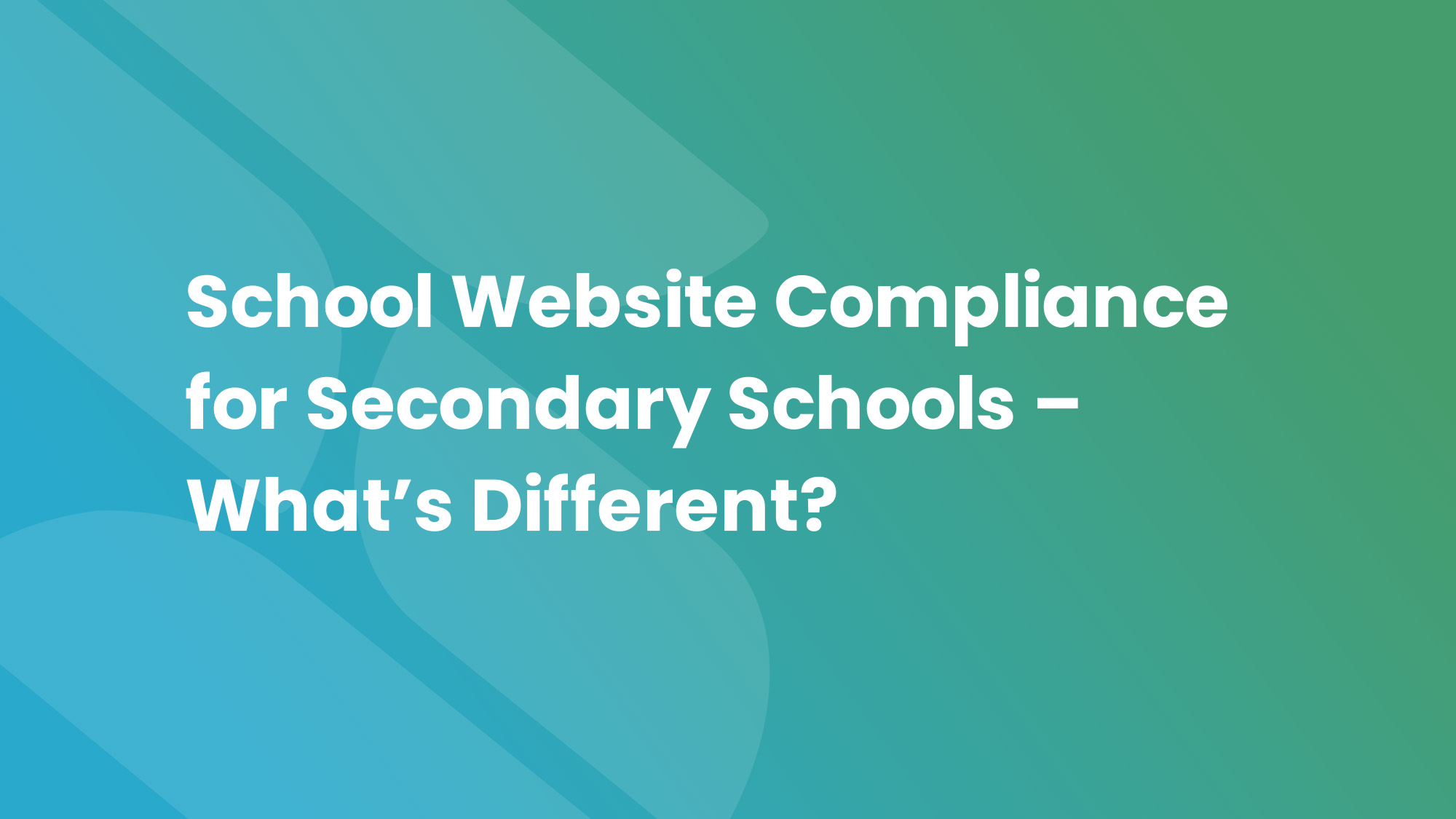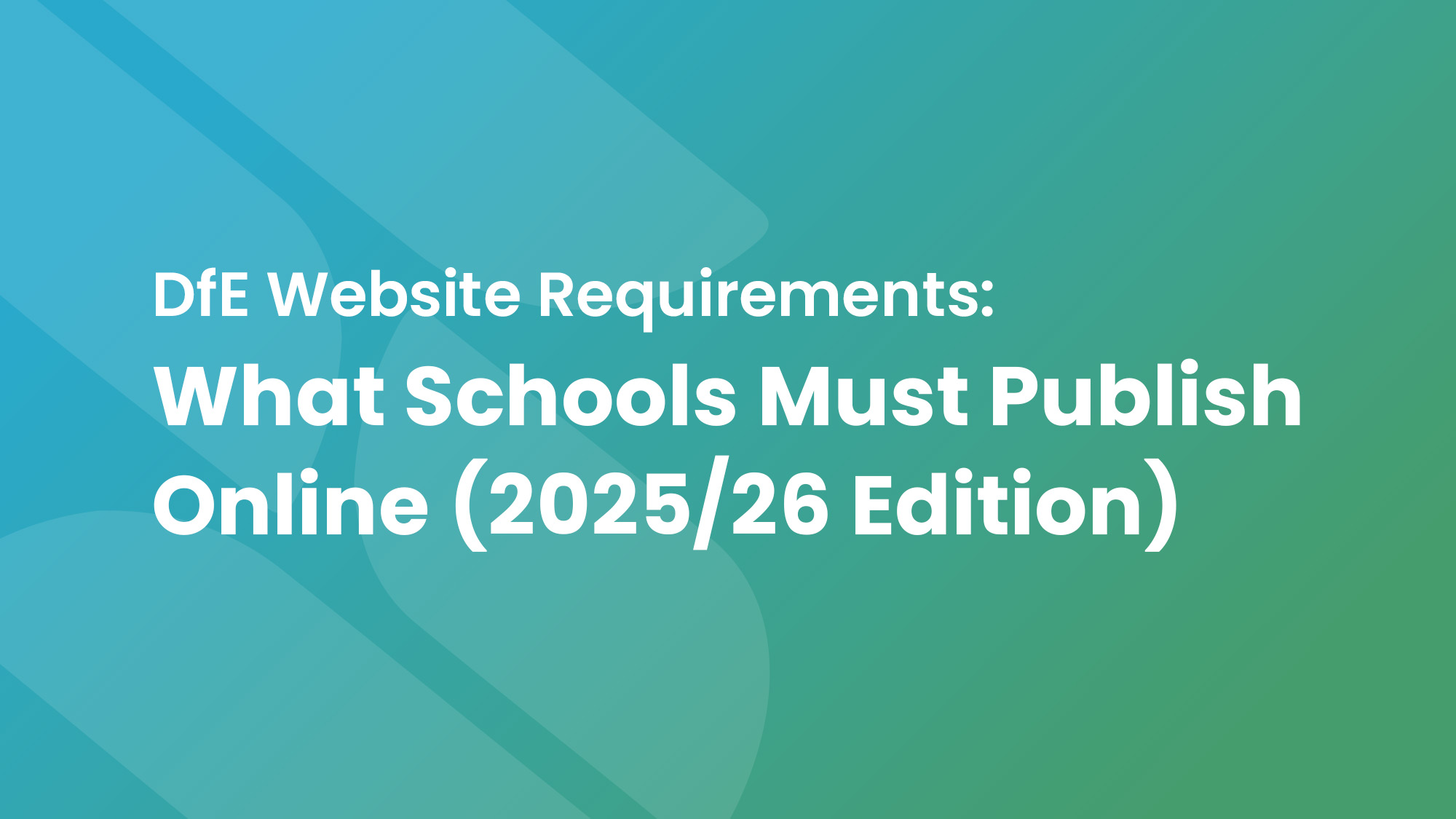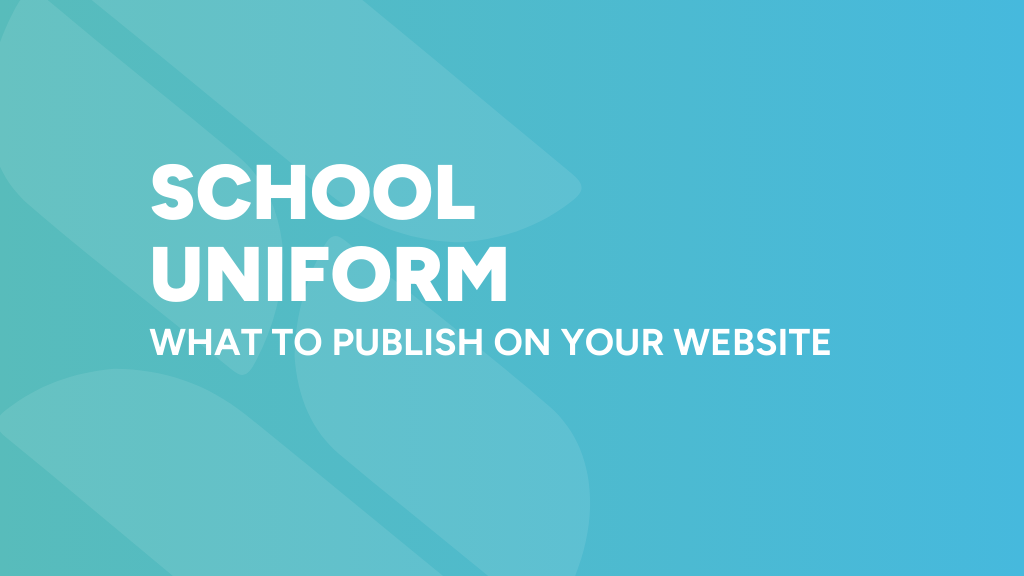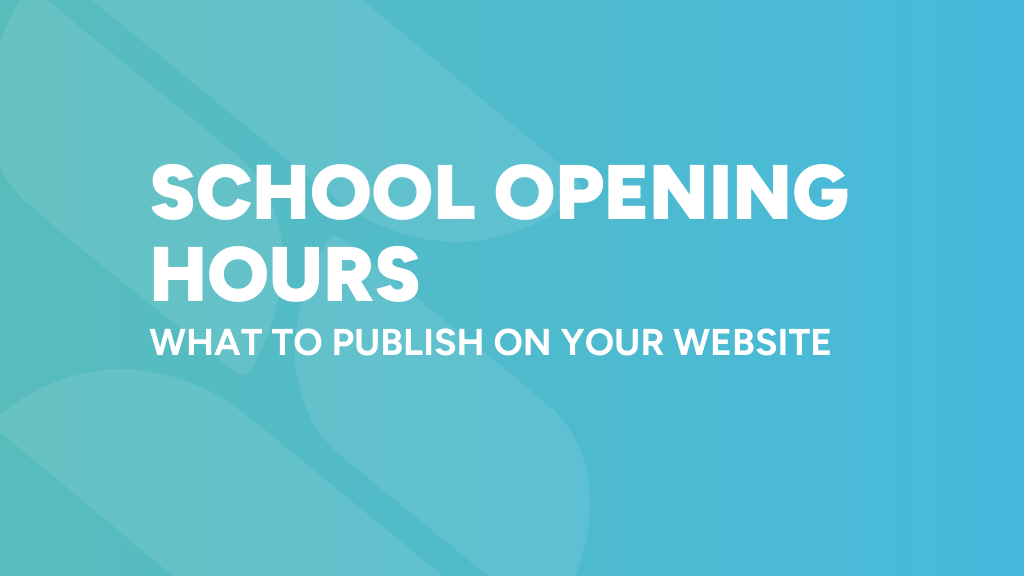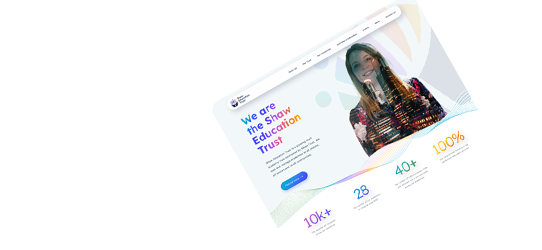The new Schudio dashboard: a calmer home for your school website CMS
The new Schudio dashboard: a calmer home for your school website CMS
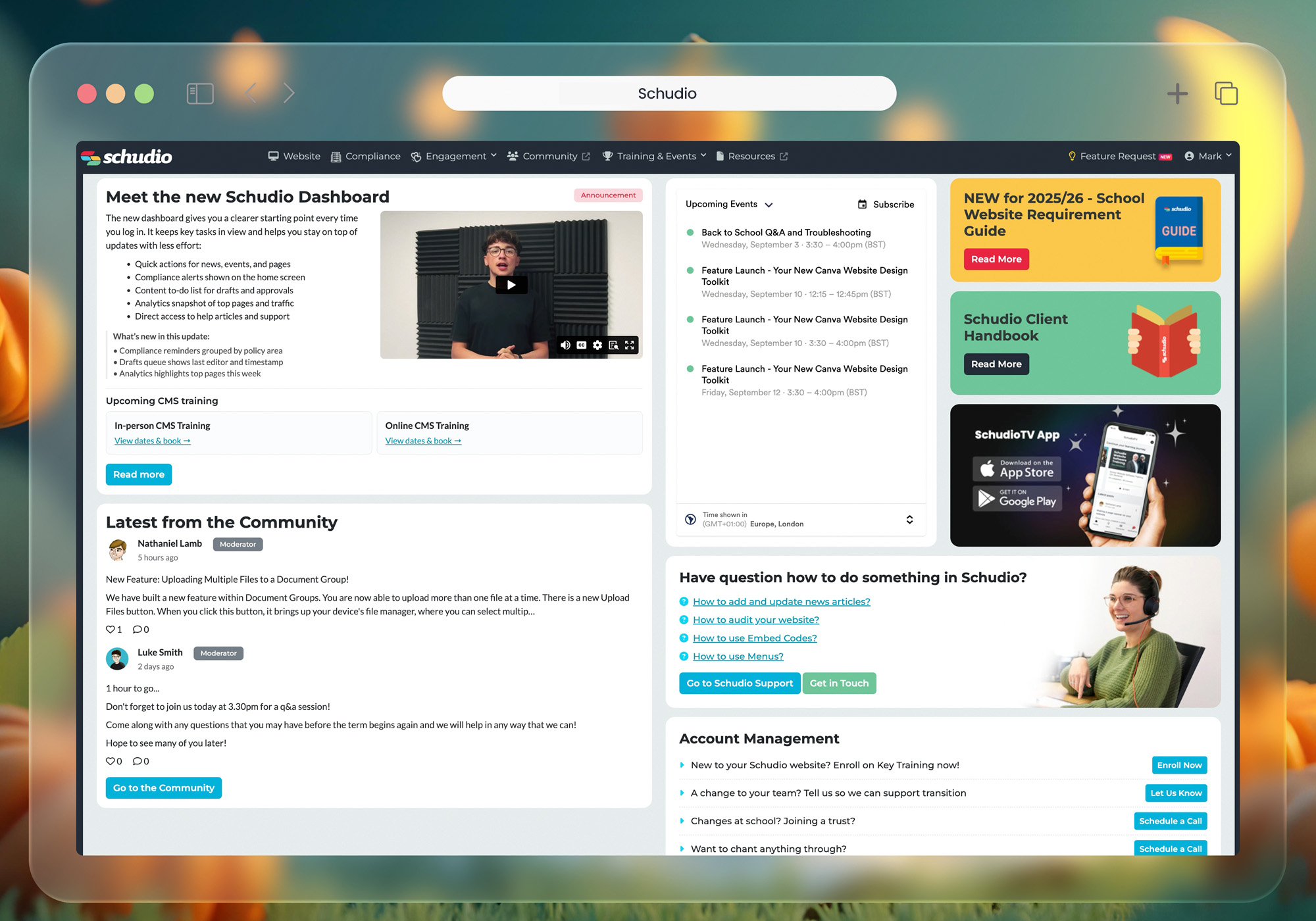
Your school website CMS should feel like a helpful home screen. The refreshed Schudio dashboard brings key information, training, support, account management and data together in one place. Open the CMS, see what matters, and move straight to the next sensible action without it feeling like too much trouble.
What the dashboard is for
Editors told us they wanted a simple launchpad inside the school website CMS. The new dashboard is exactly that: quick routes to the tools you use most, clear signposts to help and training, and direct links into account and data areas. It cuts the rummaging through menus and makes everyday website work easier for the team that actually publishes content.
What you can reach quickly from the dashboard
Content and publishing
Jump into the essentials that keep your school website current: News, Blogs, the advanced page editor, scheduled publishing, unique policy management, and full menu control. Editors can keep pages tidy and up to date without waiting on a developer, and approvals keep publishing steady.
Compliance and governance
If you look after statutory content, the Ofsted compliance software gives you a clear way to review your position against the latest requirements and act on gaps. Policy management stops duplicate documents and adds reminders, so important items don’t drift. GDPR comes as standard, so privacy isn’t an afterthought.
Data and insight
Every site we set up includes Google Analytics integration, so you can check real usage patterns before changing a page. That might be as simple as confirming that term dates or admissions pages are busy this week, then prioritising edits that matter.
Media and presentation
When a story needs photos or video, you’re a click from media tools that keep the website attractive on any device: photo galleries, embedded media, animated page-turners for prospectuses, banners and content blocks, and a built-in image editor for quick crops and resizing.
Engagement tools
From the dashboard you can head straight to form builder, event bookings, newsletter sign-ups, absence reporting and social integrations. Posting News and Events out to social channels from within the CMS saves time and keeps messages consistent. Social media feeds are available as an add-on if you want to display curated posts on your site.
Support, training and community
Help is easy to reach. Unlimited access to on-demand and in-person training means new editors can start well, and your team can build confidence through short sessions. Support is handled by people who know school websites, with fast responses and no add-on charges for a conversation.
Account management and users
From user permissions and approvals to domain setup and task assignment, the CMS gives sensible control over who can do what and how work moves through the team. That keeps publishing flowing without creating a bottleneck.
Why this matters for a school website CMS
Schools fit website tasks around real life: phone calls, lessons, visitors at reception. A dashboard that surfaces the next action keeps the site accurate and helpful for parents, students and staff. It also encourages steady, low-effort publishing that search engines reward over time. This isn’t about adding more; it’s about making the essentials quicker to access inside a content management system that is designed specifically for education.
What this means for content and SEO
Good search engine optimisation grows from tidy structure and recent, useful content. The dashboard helps you keep that rhythm going inside your school website CMS:
-
Publish short news articles with a photo when something good happens.
-
Keep event calendars accurate and easy to read.
-
Refresh key pages and add clear links between related sections.
-
Add images and set sensible alt tags on galleries and videos.
-
Maintain readable titles, URLs and meta descriptions, and check what people actually use before you make big edits.
If your team prefers the formal term, yes—this is a content management system (CMS). For clarity in search, we’ll say it both ways: search engine optimisation (search engine optimization) matters, and a user friendly dashboard makes the weekly habits behind it far simpler.
Built for schools, not retrofitted
Schudio is a CMS built for education. That shows up in the details editors touch every day: courses and curriculum tools that double as curriculum pages, clubs and activities, partners, vacancies, knowledgebase pages for common questions, and people pages for staff and governors. Whether you’re a single school, part of a trust and working across multiple sites, serving school districts, or supporting independent schools, the structure suits the way education teams actually publish. Colleges and university departments fit neatly too.
Day-to-day wins you’ll notice
-
You open the dashboard and go straight to the area you need—content, compliance, media, data, or support—without digging through sub menus.
-
You publish small, regular updates: a news post, an events tweak, or a quick page edit.
-
New editors find training from the dashboard and start well.
-
Admins use approvals to keep control without slowing publishing.
-
You make simple checks in analytics, then adapt a few pages rather than overhauling everything.
Structure, website design and control
Strong school website design is more than a homepage. The update plays nicely with any look—from a shared theme to a bespoke design—and helps editors keep the whole site tidy:
-
Clear routes to recently changed pages and sections
-
Sensible defaults for headings, lists, images and links
-
Navigation that scales well as the website grows
-
A secure editing flow with roles that match how your team works
Your school keeps full control of content and users. Editors can create and update pages quickly, approvers can publish with confidence, and leaders can see movement at a glance. The platform is run with solid security practices and GDPR in mind.
Real examples in normal school life
-
A primary posts a weekly round-up as news, adds three photos to a gallery, and updates after-school events. Parents skim on a phone, share a link, and get on with their day.
-
A trust communications team uses the content list on Fridays: approve two drafts, fix a policy alert, and schedule a homepage message for Monday.
-
A secondary checks analytics, spots a spike in uniform guidance, adds clearer sizing information and links to suppliers, then reviews again next week.
These small steps add up to visible success for the school website: fewer calls about basic info, a tidier site, and clearer routes through key pages.
Services and add-ons (only where helpful)
Most schools have everything they need in the standard package, with unlimited support and training included. Where a specific project needs it, there are optional extras such as social media feeds, digital newsletters and recruitment tools. They’re available when required, not pushed by default.
Security and peace of mind
Behind the scenes, the software is maintained with schools in mind: secure admin access, roles and permissions, domain integration handled by people who do this every day, and GDPR taken seriously. You shouldn’t have to think about the plumbing; you should feel confident using the CMS to manage the website. New features arrive automatically as part of your package.
Get started
-
Log in to the dashboard and pick one task you can finish in five minutes.
-
Open training from the dashboard and watch a short, relevant lesson if you’re new to the CMS.
-
Check analytics for a top page and refresh one item that visitors care about—an update, a clearer link, or a new image.
-
Review user roles and approvals so edits flow smoothly through your team.
-
If you need a hand, contact support from the dashboard and keep moving.

